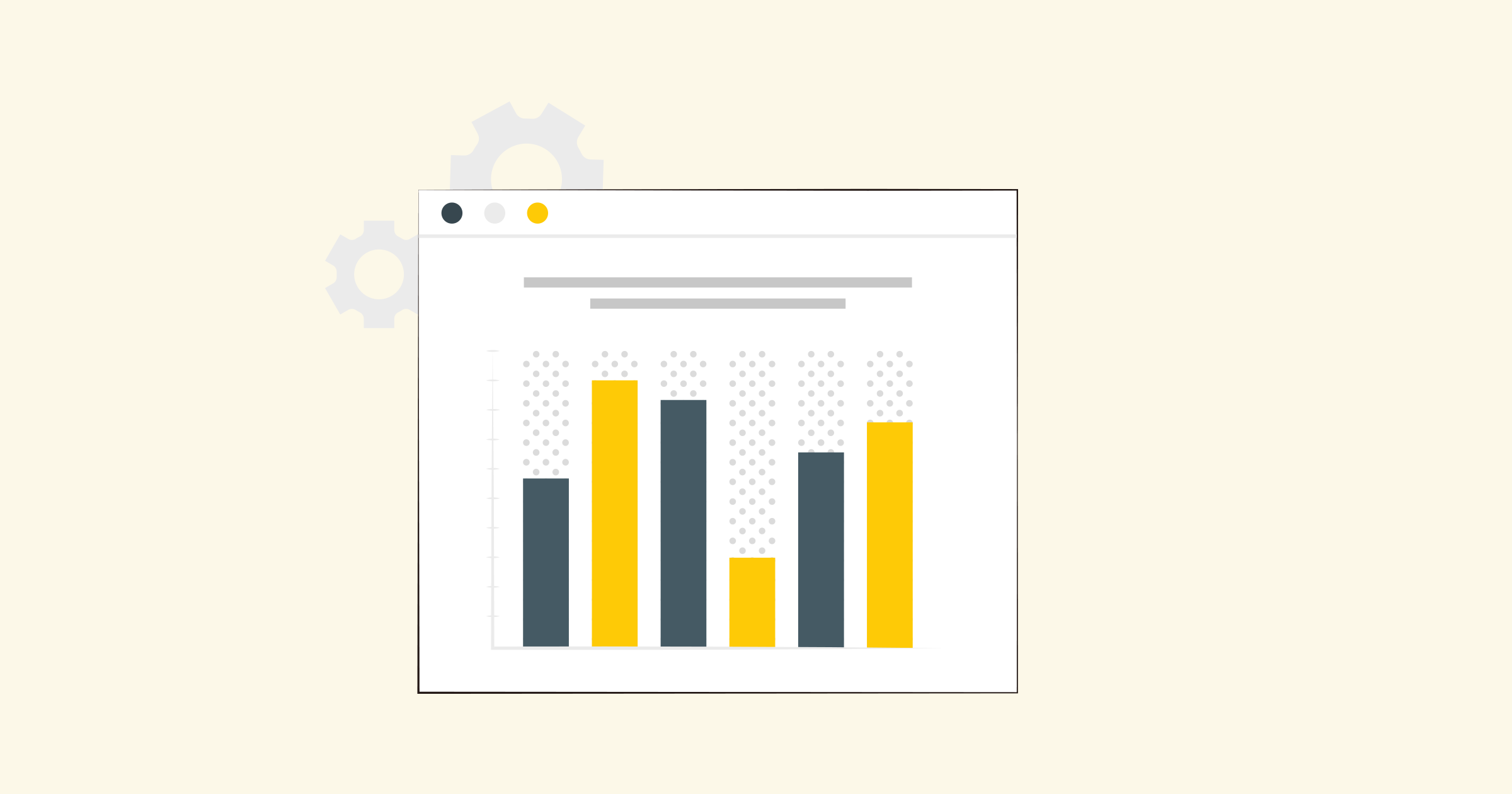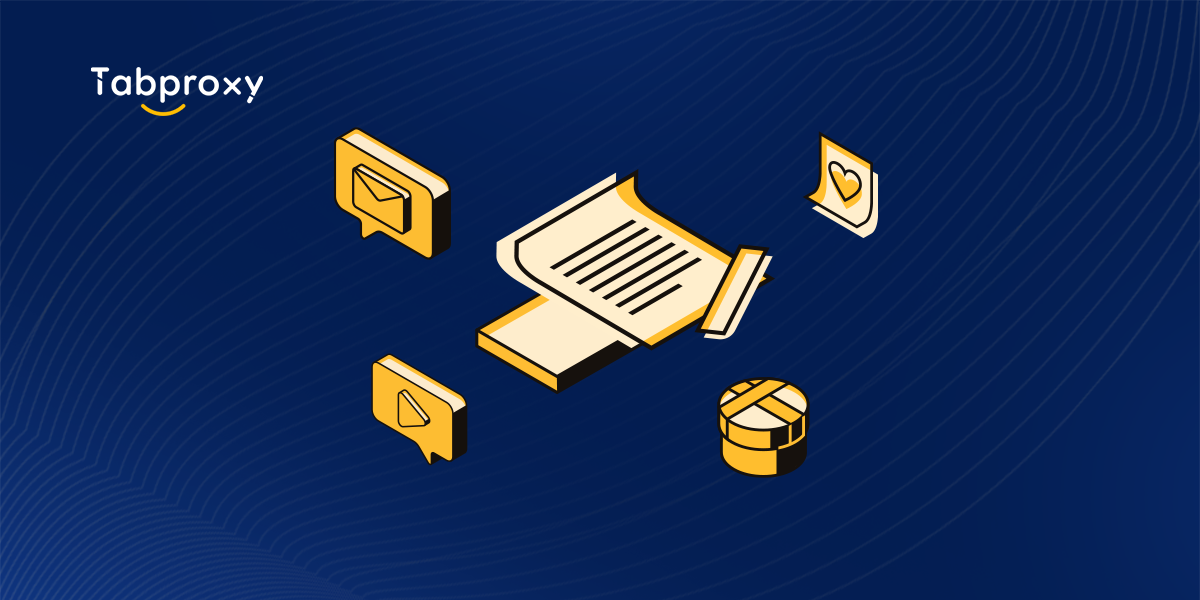Title: Configuring Proxy for Enhanced Web Browsing: A Comprehensive Guide
Introduction:
In today's digital world, where our lives are increasingly intertwined with the internet, it's crucial to ensure a secure and optimized browsing experience. One effective way to achieve this is by configuring a proxy server. In this blog post, we will explore the concept of proxy servers and provide a comprehensive guide on how to configure them, including their benefits and potential pitfalls.
What is a Proxy Server?
A proxy server acts as an intermediary between your device and the internet. When you make a request to access a website, the proxy server receives the request on your behalf and forwards it to the website. This process allows the proxy server to mask your IP address and encrypt your data, providing enhanced privacy and security.
Types of Proxy Servers:
There are different types of proxy servers available, each catering to specific needs. Here are a few popular ones:
1. HTTP Proxies: These are the most common proxy servers, primarily used for web browsing. They handle HTTP requests and responses, making them suitable for general web surfing and accessing non-sensitive content.
2. HTTPS Proxies: These proxies are similar to HTTP proxies but are specifically designed to handle encrypted HTTP requests. They offer an additional layer of security, making them ideal for accessing sensitive information, such as online banking or e-commerce websites.
3. SOCKS Proxies: SOCKS (Socket Secure) proxies can handle various types of internet traffic, including email, file transfers, and instant messaging. They are flexible and can be used for both TCP and UDP connections.
Benefits of Configuring a Proxy Server:
1. Enhanced Privacy: By using a proxy server, your IP address remains hidden, making it difficult for websites to identify you. This helps protect your personal information from being tracked or monitored by malicious entities.
2. Geo-blocking Bypass: Some websites and online services may restrict access based on geographic regions. By configuring a proxy server located in a different country, you can bypass these restrictions and gain access to blocked content.
3. Improved Performance: Proxy servers can cache frequently visited web pages, reducing the load on your device and accelerating website loading times. This caching mechanism also helps conserve bandwidth, especially in organizations with multiple users accessing similar content.
4. Security and Filtering: Proxy servers often come with built-in filtering capabilities, allowing you to block malicious websites, restrict access to certain content, or monitor web traffic for potential security threats.
How to Configure a Proxy Server:
Configuring a proxy server is a straightforward process. Here's a step-by-step guide to help you:
1. Choose a Proxy Server: Decide which type of proxy server suits your needs (e.g., HTTP, HTTPS, SOCKS) and find a reliable provider.
2. Obtain Proxy Server Details: Once you've chosen a proxy server provider, they will provide you with the necessary details, including the server IP address, port number, and authentication credentials if required.
3. Configure Proxy Settings on Your Device: On various devices and operating systems, the process of configuring proxy settings may differ. Generally, you can find proxy settings in the network or internet settings section. Enter the provided IP address and port number.
4. Test Your Configuration: After saving the proxy settings, test the connection by accessing a website. If successful, your browsing activity should now be routed through the configured proxy server.
Potential Pitfalls and Considerations:
While configuring a proxy server offers numerous benefits, it's essential to be aware of potential pitfalls:
1. Decreased Connection Speed: Depending on the proxy server's location and the quality of the provider's infrastructure, your connection speed may be slightly slower.
2. Trustworthiness of Proxy Providers: It's crucial to choose a reputable and trustworthy proxy provider, as some may log your internet activity or even inject malicious scripts into your browsing sessions.
Conclusion:
Configuring a proxy server can vastly improve your web browsing experience, providing enhanced privacy, security, and performance. By following this comprehensive guide, you can configure a proxy server that best suits your needs, ensuring you stay safe and enjoy a seamless online experience.
Remember to choose a reliable proxy provider and periodically review your proxy settings to ensure optimal performance and security. Happy browsing!





























